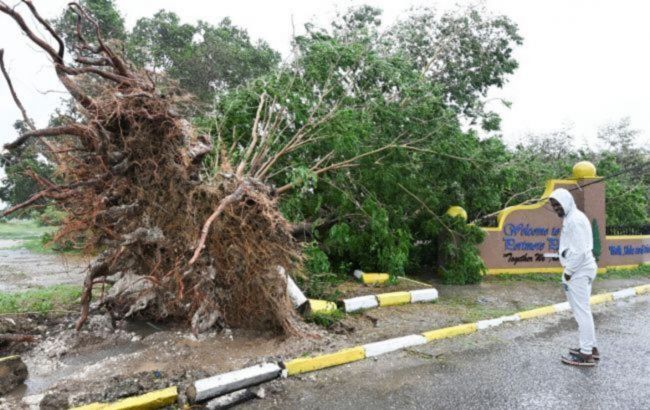Jamaica still restoring roads and communications after Hurricane Melissa as death toll rises
 Photo: hurricane aftermath (Getty Images)
Photo: hurricane aftermath (Getty Images)
The confirmed death toll from Hurricane Melissa in Jamaica has risen to 45, with another 15 people still missing, according to the Associated Press.
The death toll from Hurricane Melissa in Jamaica is expected to rise, as two towns remain completely cut off.
Helicopters are dropping food and essential supplies to the isolated communities, according to Elvin Gale, head of Jamaica’s Office of Disaster Preparedness and Emergency Management.
He said the storm forced the evacuation of 30,000 households, while 1,100 people remain in 88 emergency shelters.
UN deputy spokesperson Farhan Haq stated that housing remains a serious challenge since tents cannot be delivered due to damaged and blocked roads.
According to Gale, nearly 30 roads are still obstructed as crews continue clearing debris.
However, half of the population has regained mobile service, over 70% now have access to water, and electricity has been restored to more than 60% of consumers.
Consequences of climate crisis
On October 27, Hurricane Melissa struck Jamaica with record-breaking force, bringing devastating winds and torrential rains. Wind speeds reached 282 km/h, the maximum Category 5 on the Saffir–Simpson scale.
According to the US National Hurricane Center, after passing Jamaica, Melissa weakened to 233 km/h and moved toward Cuba.
Meteorologists have described Melissa as the third most powerful hurricane ever recorded in the Caribbean, following Wilma (2005) and Gilbert (1988). It is the first time Jamaica has suffered a direct hit from a Category 4 or 5 storm.
Experts emphasize that Melissa, like other recent hurricanes, is a direct consequence of global warming and the rising temperature of ocean waters, which make tropical storms stronger and more destructive.

